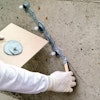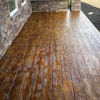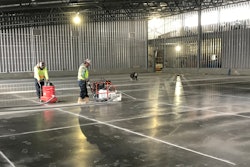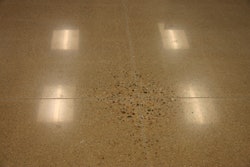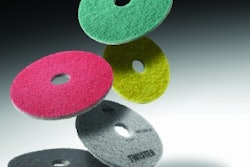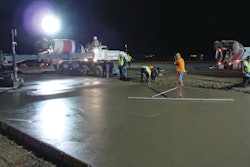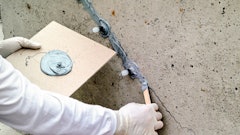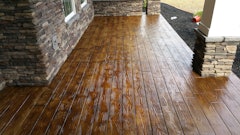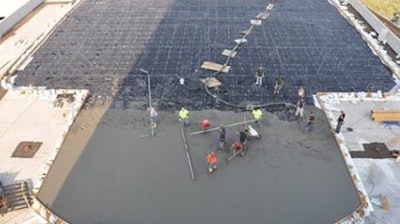
In response to expressed industry need for building code requirements that address the unique aspects of post-tensioned concrete design, the American Concrete Institute (ACI) and the Post-Tensioning Institute have announced a new, expanded partnership to increase efficiency for design of structural post-tensioned concrete structures.
While the two organizations and their members have worked collaboratively for decades, this partnership formalizes efforts through the new joint ACI-PTI Committee 320, Post-Tensioned Structural Concrete Code. Chaired by Carol Hayek, the committee will develop and maintain structural concrete code requirements unique to the design of post-tensioned concrete and complementary to ACI 318, “Building Code Requirements for Structural Concrete.”
“Post-tensioning as an application used in concrete design and construction allows for benefits such as design flexibility, materials reduction, and efficient constructability,” says Tony Johnson, executive director of the Post-Tensioning Institute. “The establishment of joint ACI-PTI Committee 320 will not only help expedite the adoption of post-tensioning provisions into the concrete building code, but it will also enhance usability for the design engineer by consolidating post-tensioning design provisions into one convenient document. Dr. Hayek has been one of PTI’s most influential and active members, and her leadership of this committee is sure to result in the creation of excellent technical information for design professionals.”
Hayek is also a member of PTI Committee DC-20: Building Design; EDC-130: PTI Education Committee; TAB-120: PTI Technical Advisory Board; ACI Committee 318: Structural Concrete Building Code;; ACI Committee 130: Sustainability of Concrete; ACI Committee S803: Faculty Network.; and Joint ACI-ASCE Committee 423: Prestressed Concrete.
Ronald G. Burg, PE, ACI executive vice president, stated that, “ACI and PTI, by combining volunteer and staff efforts, are well-positioned to meet the needs of the industry by producing new and user-friendly structural post-tensioning concrete building code requirements that complement existing code requirements.”
